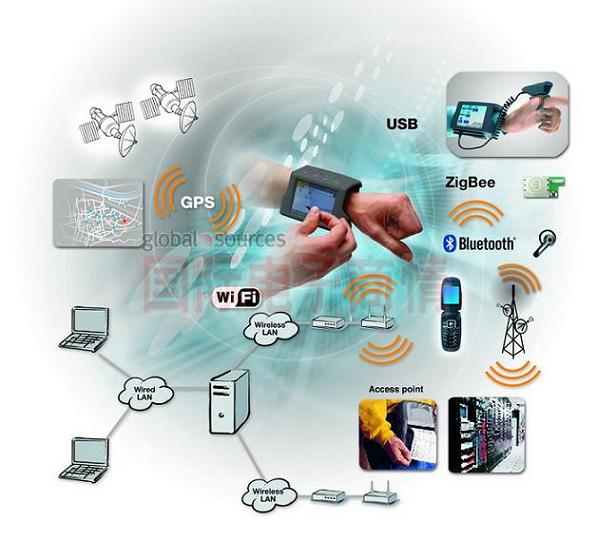
关键字:无线医疗
市场正刮起新一波可穿戴式设备潮。可穿戴式设备,用于对个人的生活和运动进行跟踪并提供数据共享。比如,对日常跑步数据进行跟踪;判定老年人的跌倒是否造成了伤害;报告糖尿病患者的血糖水平;以及监测医院病人的心脏速率。
ABI Research的首席分析师Jonathan Collins表示:“这个市场潜力巨大,不仅吸引了耐克和阿迪达斯等消费巨头,GE医疗和飞利浦等现有的医疗电子公司也都参与其中。还有许多新创公司以及专业领域企业也都看好在极大范围内提供网络医疗应用/服务的可穿戴式无线设备。”

2017年,可穿戴式无线设备市场将由2011年的2077万台增长到1.695亿台,复合年均增长率达到41%。虽然可穿戴式无线设备的出货量重头在于以消费为导向的运动、健身和保健市场,但是其在家庭监控以及医疗服务应用市场也将日益普及。
“2017年,用于远程病人监控以及在线专业医疗的应用将占整体可穿戴式无线设备市场的20%。2011年时此一占比仅为不足10%。其在医疗领域的快速发展,主要是便于穿戴且能自动上传收集到的数据,而且,能做到定期收集、共享、分析并能在必要时更为及时有效地做出适当的反应。” Collins补充到。
One in Every Five Wearable Wireless Devices Set for Healthcare Deployment by 2017
Small footprint, low-cost, low-power, and standardized wireless connectivity embedded in wearable devices will transform the lives and activities of millions of consumers and patients over the next five years as wearable wireless-enabled devices increasingly track an individual’s activity and condition.
A new wave of wearable devices are coming to market that will help track and share data from a range of activities and conditions. These devices will track the pace of someone’s daily run, recognize a fall that might have injured a senior, report the blood sugar level in a diabetic, and monitor the heart rate of a patient in hospital.
“The breadth of the potential for this market is not just drawing in consumer giants like Nike and Adidas and established healthcare players such as GE Healthcare and Philips, but a wealth of start-ups and specialist players looking to wearable wireless devices to enable a wide range of networked health applications and services,” says Jonathan Collins, principal analyst, navigation, telematics & M2M.
Over the next five years, the market for wearable wireless devices will grow to 169.5 million devices in 2017, up from 20.77 million in 2011, a CAGR of 41%. While the bulk of the device shipments will be in the consumer-oriented sports, fitness, and wellness market, wearable devices will increasingly be adopted across home monitoring and healthcare service applications as well.
“Remote patient monitoring and on-site professional healthcare use will represent just over 20 percent of the wearable wireless device market by 2017, up from less than half that in 2011. “As the devices can be worn and can upload collected data to the network automatically, collected data can not only be more regularly collected but also shared, analyzed, and acted on quicker and more efficiently that existing wired or manpower-laden techniques,” says Collins.